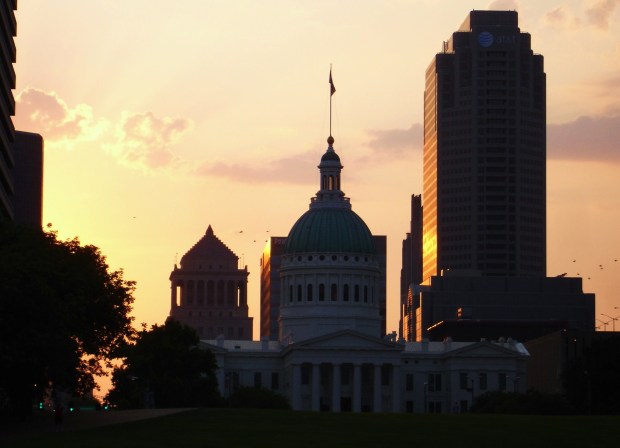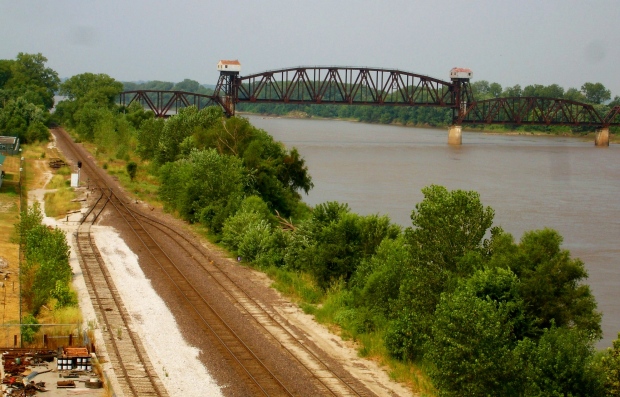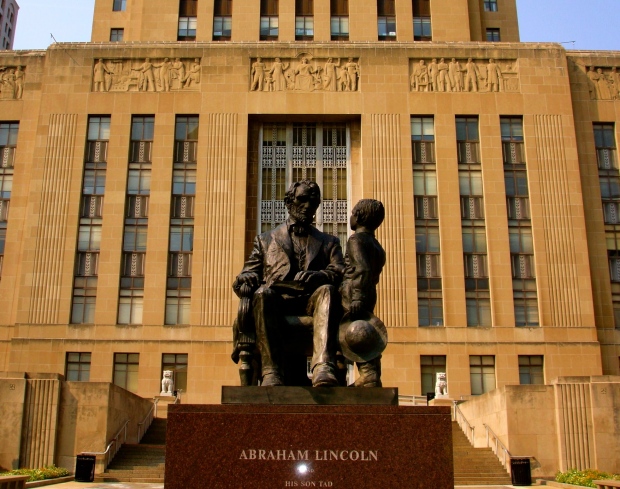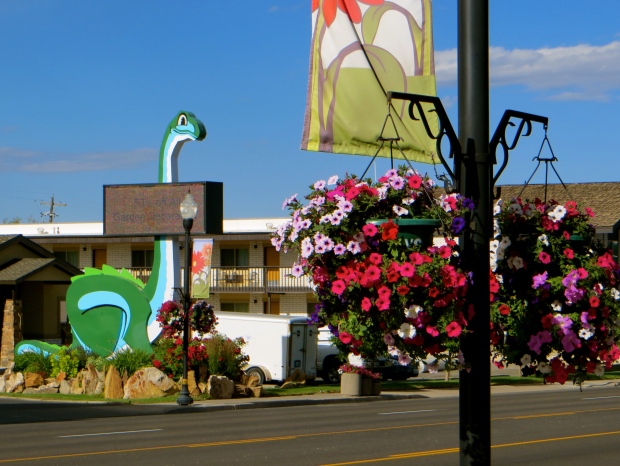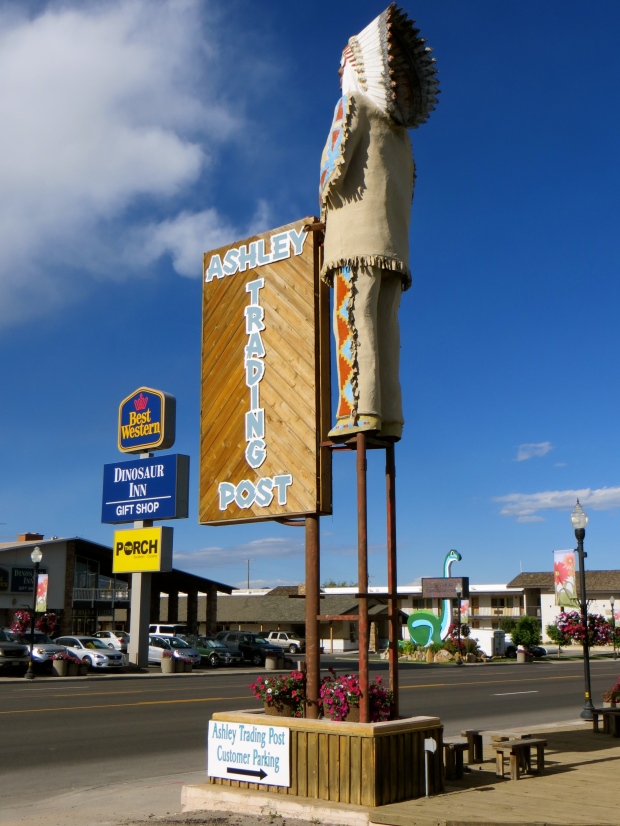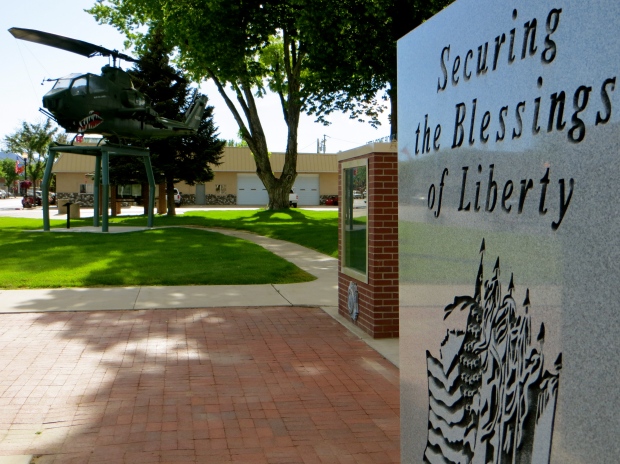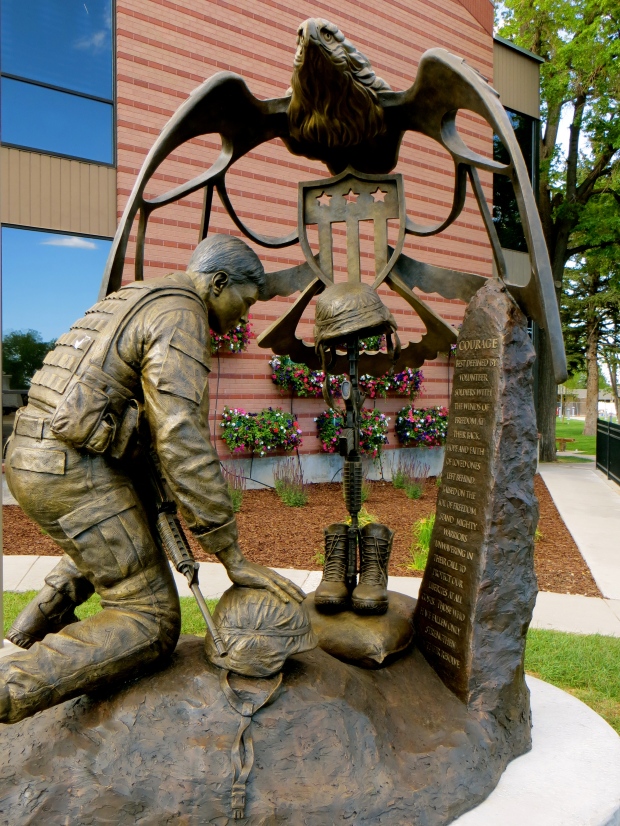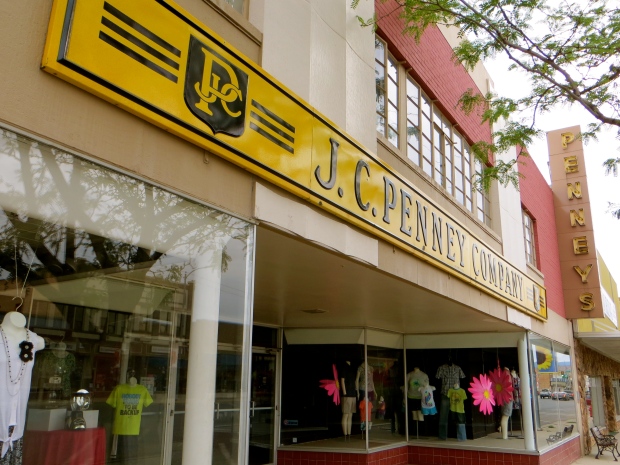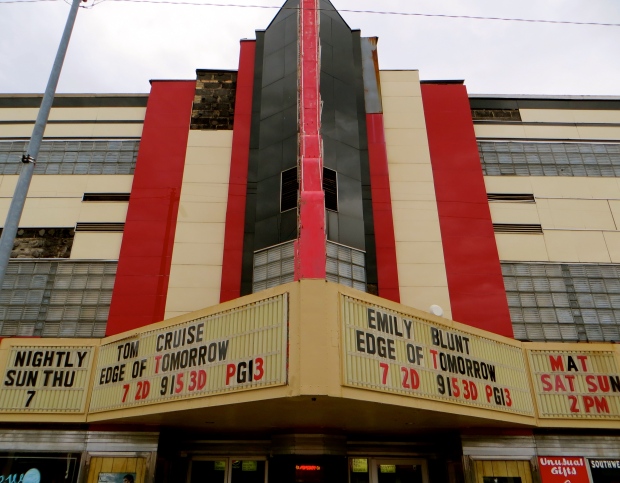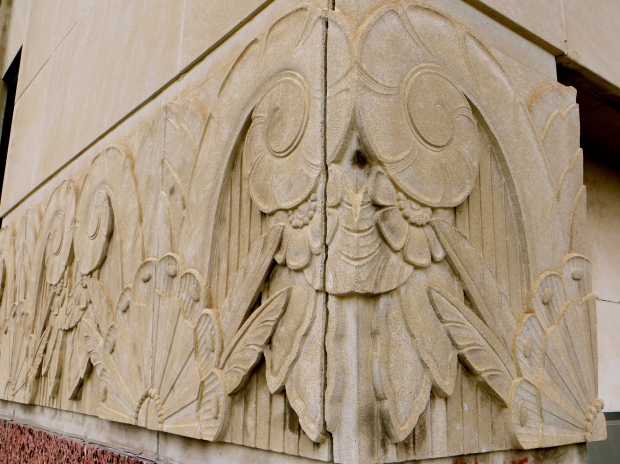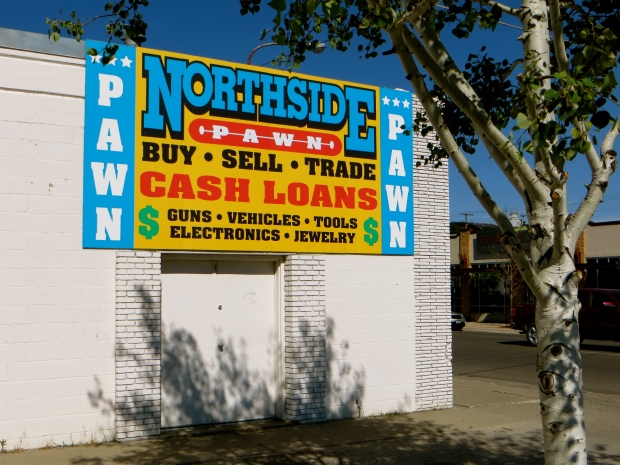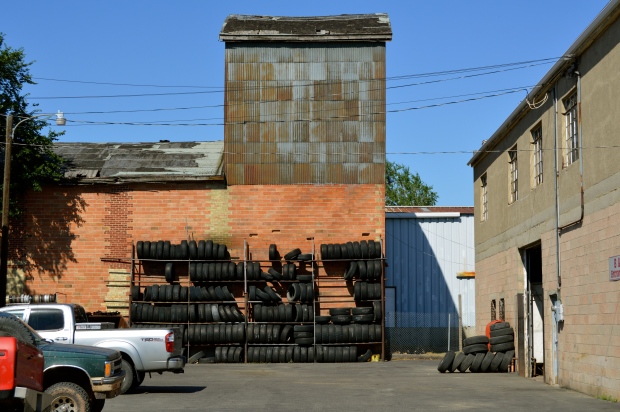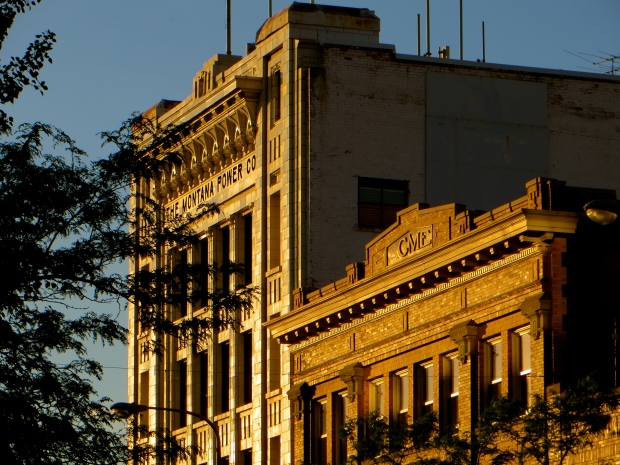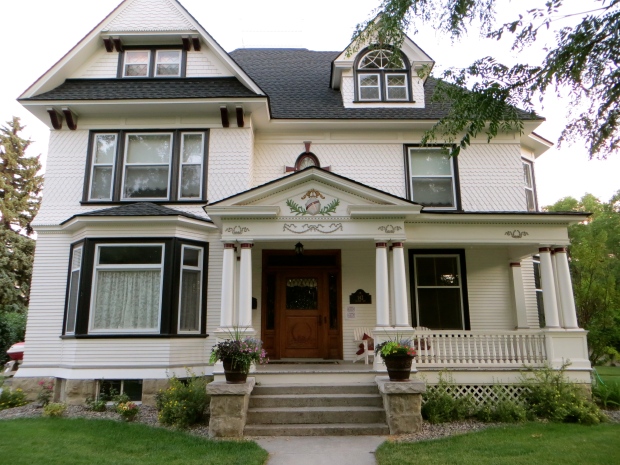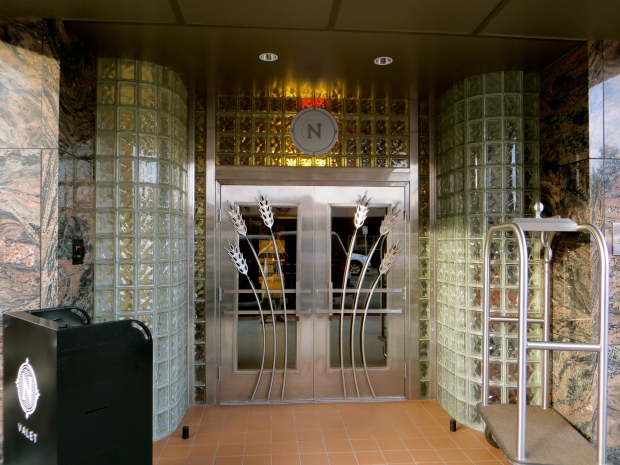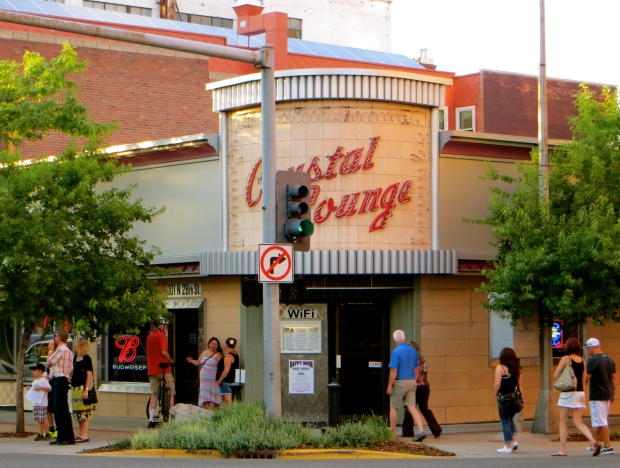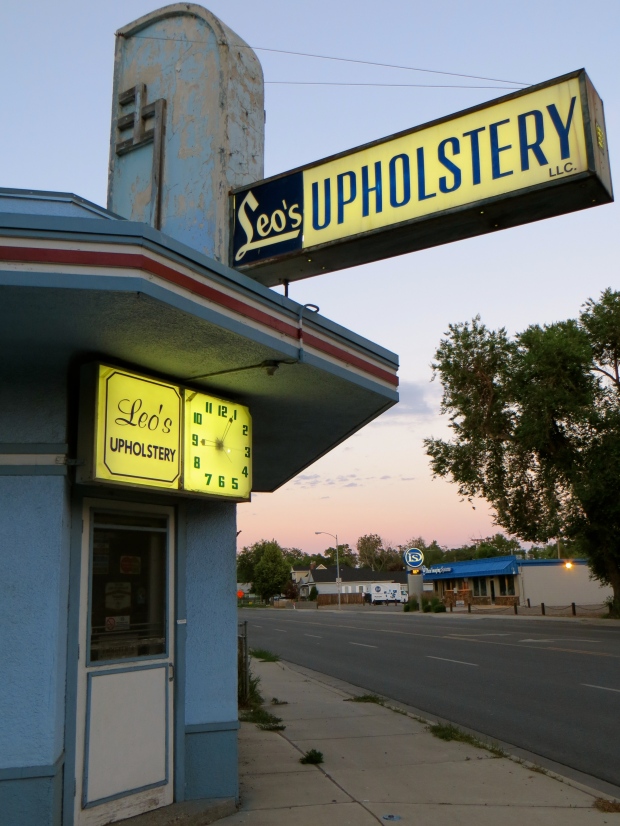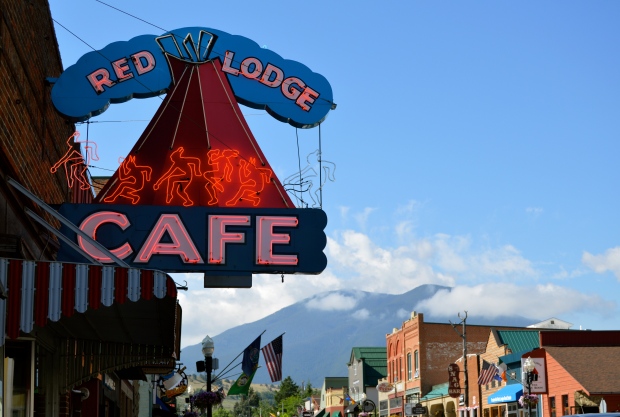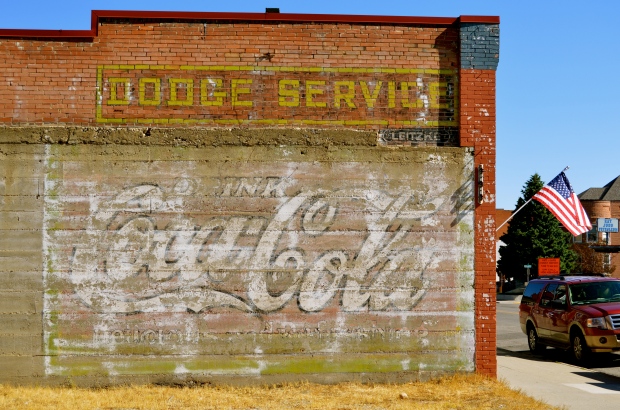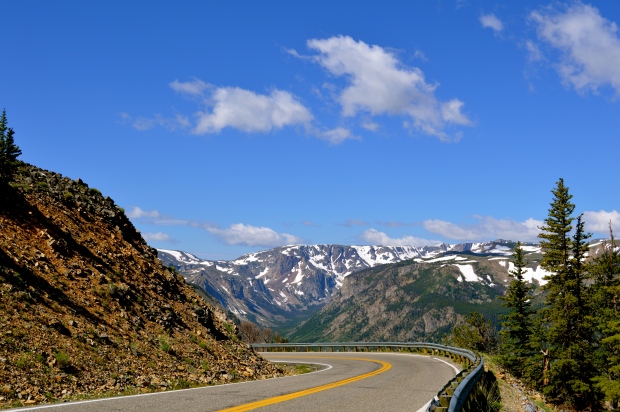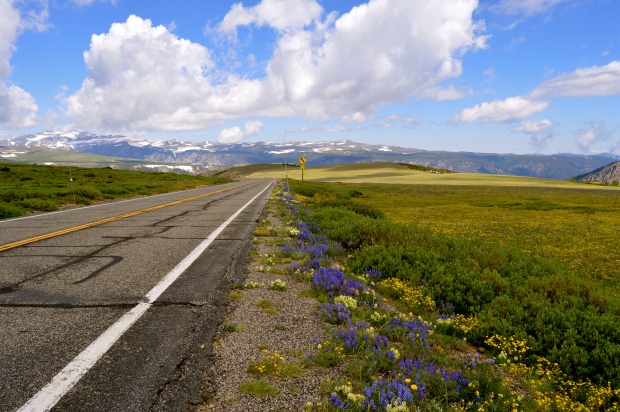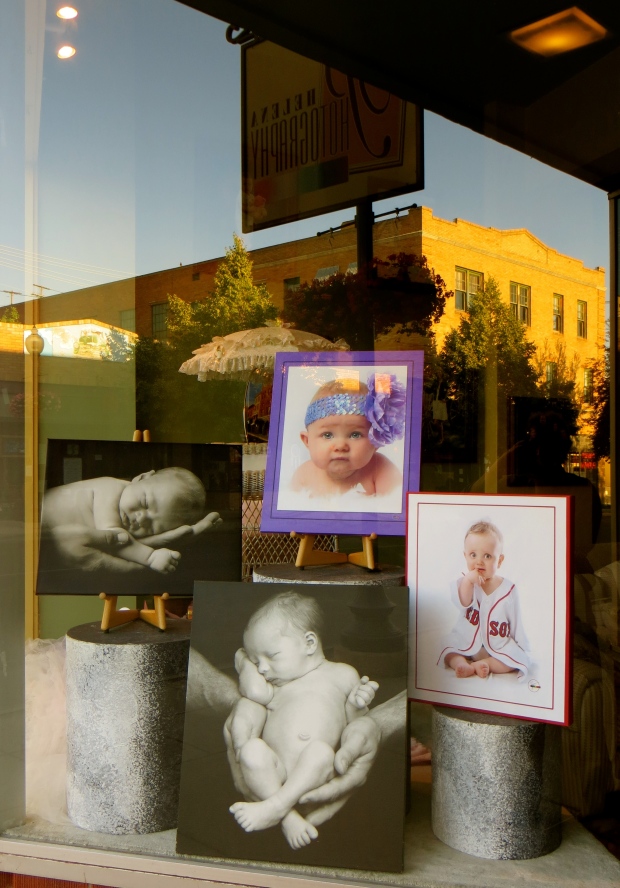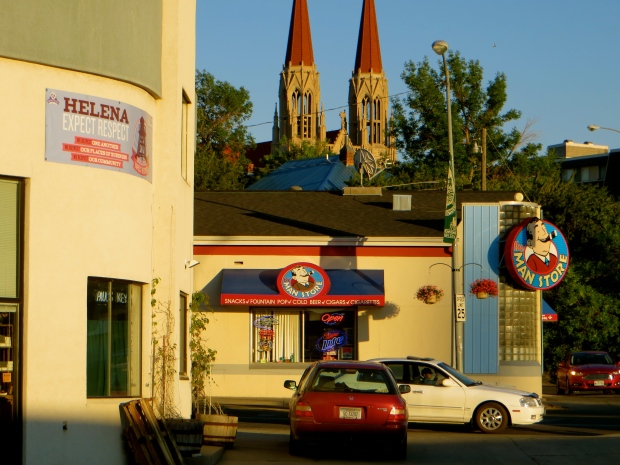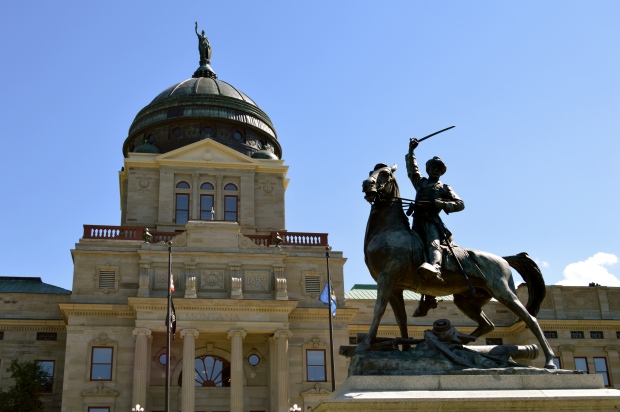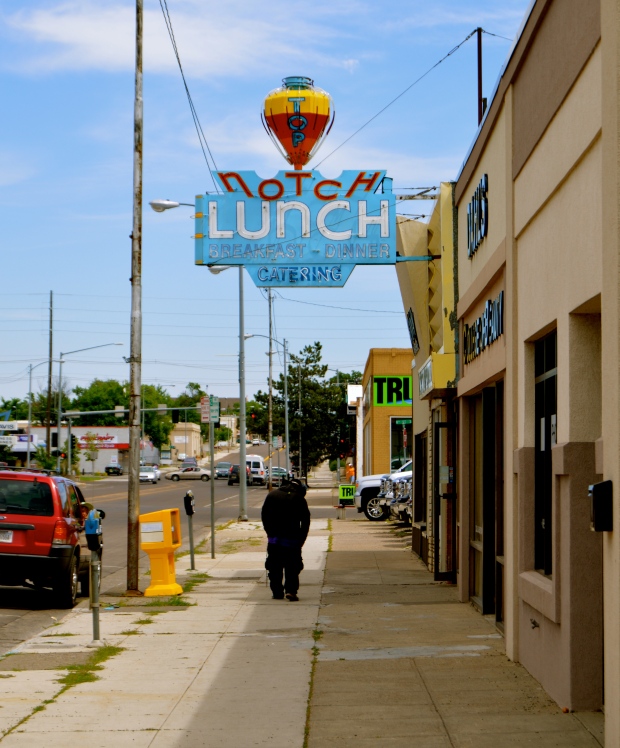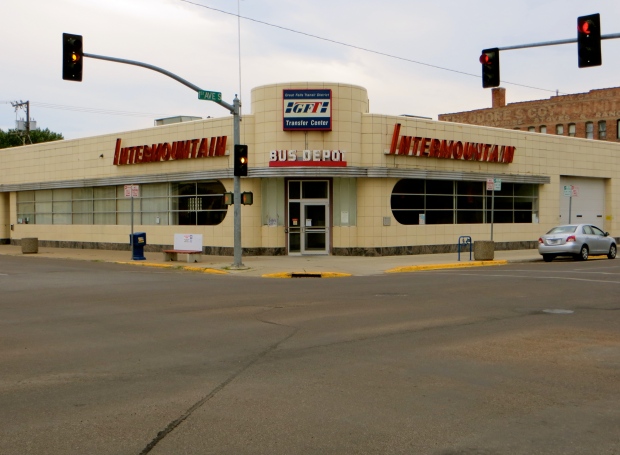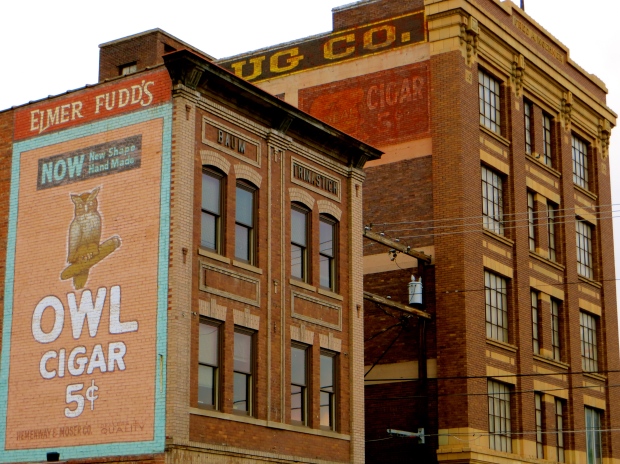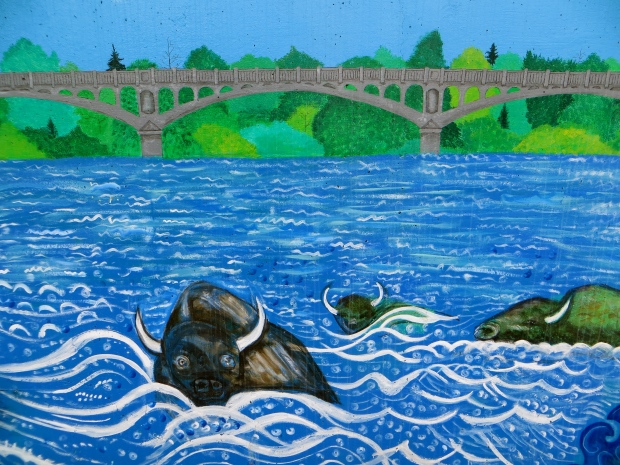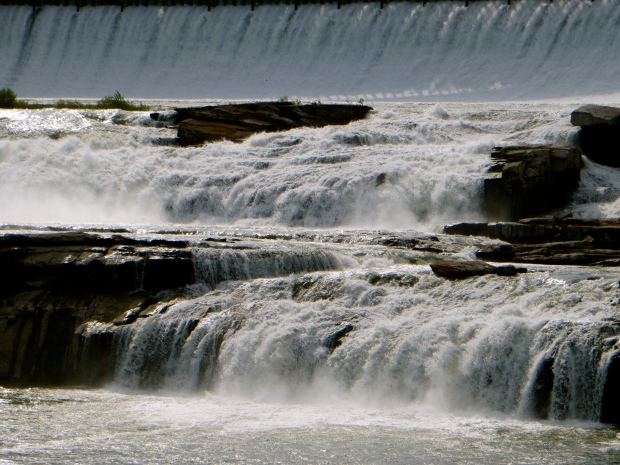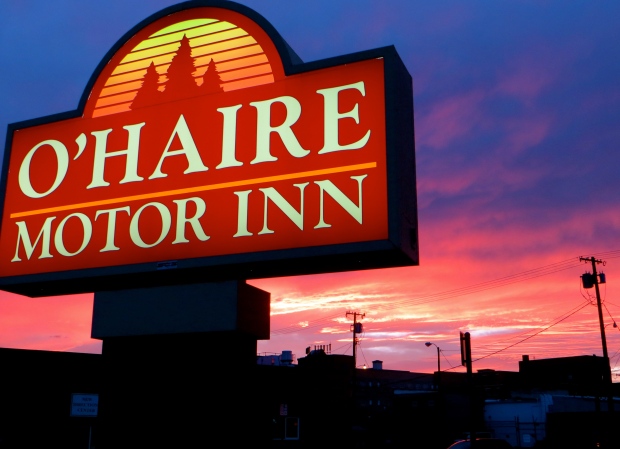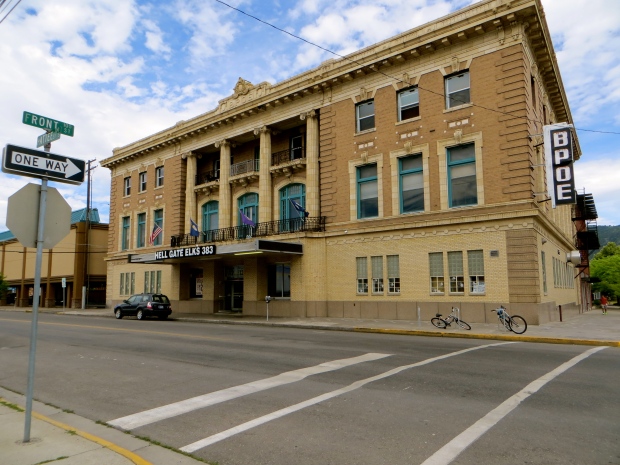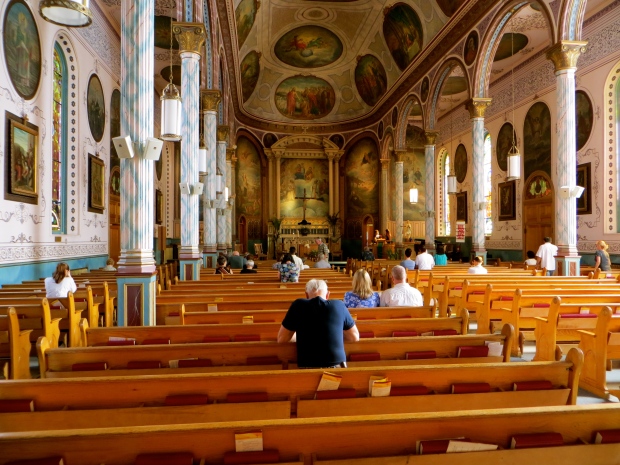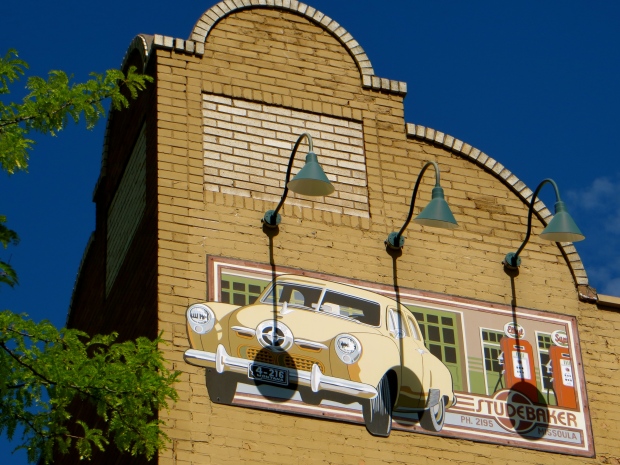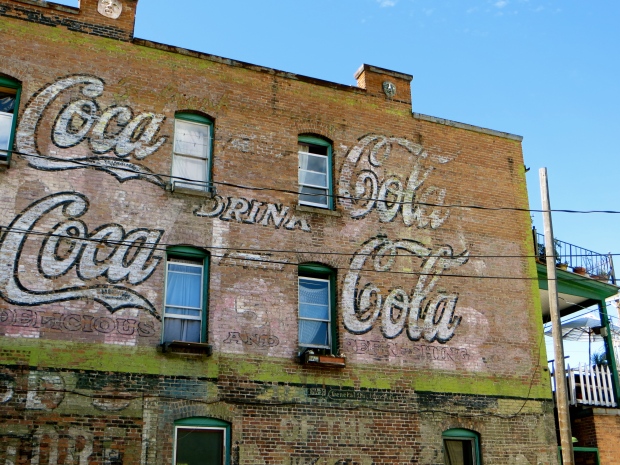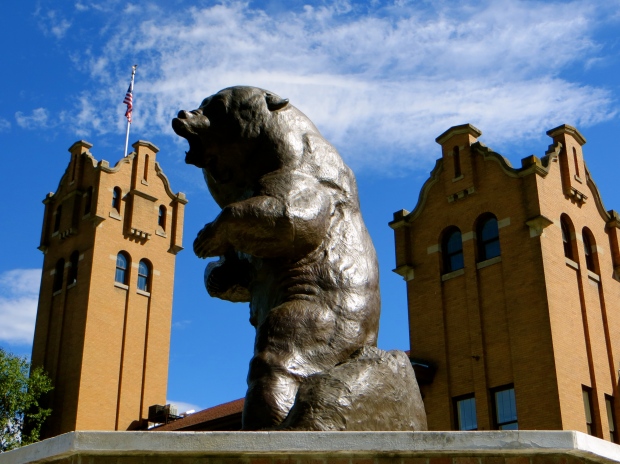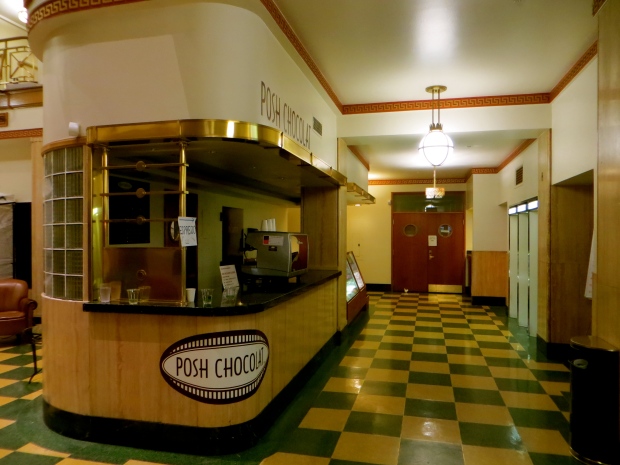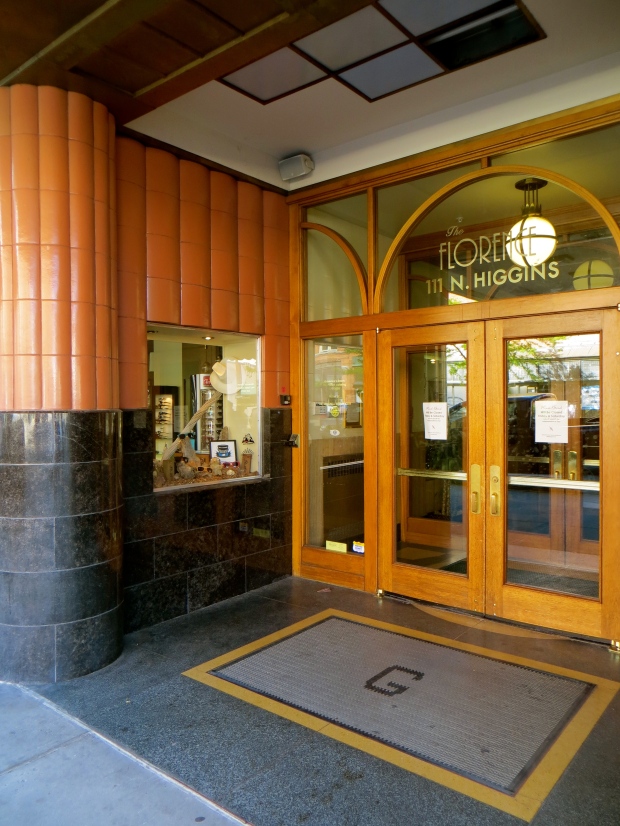In St. Louis, Union Station (the part that is the main building of the old railroad station and not the part with the very ordinary shops, etc. under what remains of the vast shed that once covered the platforms) is a sublime example of architecture beautifully restored to its ornate and flamboyant best. Explore the enormous waiting room and the hallways and dining room that now form part of the Hyatt Hotel. Staff throughout the complex are happy to accommodate people who appreciate the magnificent building in which they work.
Although the cafes, bakeries and residential streets of the Hill were enjoyable to examine and spend time in, our visit to Zia’s, reputedly one of the area’s best restaurants, was a disappointment other than in the case of the deep fried (toasted) ravioli. However, Ted Drewe’s Frozen Custard (frozen custard is ice cream) was excellent (we visited the branch of Ted Drewe’s at 4224 South Grand Boulevard). Also excellent was the free guided tour around the Anheuser-Busch Brewery. Some of the brewery’s buildings were notable from the architectural point of view (e.g. the stables) and a few had been lavishly decorated with statues, ceramic tiles and heroic scenes painted by gifted artists.
Soulard Farmer’s Market is worth a look because of the interesting building it occupies, but our favourite suburb is Lafayette Square about a mile to the west. Lafayette Square used to be very rundown, but it has benefitted from people who appreciate the beauty of the late 19th and early 20th century houses and small industrial and commercial buildings. The area has a bohemian atmosphere. There are many good cafes, bars and restaurants, and lots of places where people can park for free.
If you have a car, Arsenal is a fascinating street to drive along because it connects, with just a small detour or two, all the interesting suburbs of Soulard (at the east end), Lafayette Square, Grand South Grand and the Hill (at the west end). It is worth examining the area around Tower Grove Park; some of the streets are edgy and others are prosperous and relaxed. Gravois is another good road to drive along. Also go to Benton Park and track down Lamp/Cherokee Historical District south-west of Soulard.
Interesting buildings, etc. not mentioned above include Gateway Arch, Museum of Westward Expansion, Busch Stadium (home of the MLB St. Louis Cardinals), Forest Park, World Fair Pavilion, Old Cathedral and Edward Jones Dome (home of the NFL St. Louis Rams). It is worth getting off the light rail system the first station you come to in East St. Louis after crossing the Mississippi because the road beside the river provides excellent views of the St. Louis downtown skyline and interesting industrial and commercial buildings in East St. Louis (the East St. Louis buildings include silos and elevators).
We broke the journey between St. Louis and Kansas City at Boonville. Boonville has many attractive old buildings, a few interesting churches, bridges over the Missouri River and the delightful Frederick Hotel on Main Street. Almost opposite the hotel is an unmodernised diner. A short walk along the same side of the street is Napoli Cafe, a very good place for hot and cold drinks, pasta, pizzas and full meals until about 9.00pm.
Boonville is an excellent town to connect with the Katy Trail, which is about 200 miles in length. The Katy Trail encourages visitors to explore the attractive Missouri countryside on foot or bicycle by following an old railroad bed. Just west of Boonville is Katy Bridge, a long-disused steel girder railroad bridge crossing the Missouri. It makes an impressive sight.
Boonville is a wonderful place in which to relax for a day or two so that visitors can connect with small-town America.
Barbecue is excellent in Kansas City. Consequently, we tried Gates, 3201 Main Street (this branch has beer on draft. There is also a nice bar attached to the restaurant where customers can relax before or after eating) and Arthur Bryant’s, 1727 Brooklyn Avenue (Arthur Bryant’s is ideal before or after visits to the American Jazz Museum, which we found rather disappointing, and the Negro Leagues Baseball Museum, which was extremely interesting). Arthur Bryant’s just pipped Gates for the quality of its food, but both were outstanding experiences. Consider ordering a pitcher of beer at Gates. Mains at both restaurants cost from $7 for sandwiches to about $22 for plates that can easily feed two people.
Most of the Westport cafes and restaurants look tired and unappealing, but Broadway Roasting Company at the corner of Westport Road and Central is excellent for coffee, other drinks (hot and cold) and light snacks. A much more interesting area to visit for shops, cafes and restaurants is West 39th Street Entertainment District a stone’s throw from the border between the states of Missouri and Kansas. Try Fric and Frac, 1700 West 39th Street, for a great local bar with very good pub grub including Mexican options. On tap are beers deriving from the Boulevard Brewery. In other words, Fric and Frac has beers with more substance and character than Budweiser.
The home of Hallmark Cards is in Crown Centre, a large shopping mall with restaurants, hotels and offices. Other than a waterfall descending through part of one of the hotels, the mall is of very little interest, but restored Union Station nearby is an absolute must-see. The beauty and grandeur of the station are amazing, as is the quality of the ornamentation. There are a few shops and restaurants worth examining. Some of the latter are excellent without being prohibitively expensive. If desperate for steaks or seafood, try Pierpont’s which has a happy hour from 4.00pm to 6.00pm from Monday to Friday. Steaks cost from $20. The restaurant has sublime interiors. Steaks in Kansas City are much better value than in New York.
There are many interesting fountains and water features to examine around the city, the Muse of Missouri in downtown being one of the most famous. But it is also worth locating the Vietnam Veterans’ Memorial in Westport and Neptune Fountain in Country Club Plaza. The fountains in front of an entrance to Crown Center are ultra-modern and great fun for children.







